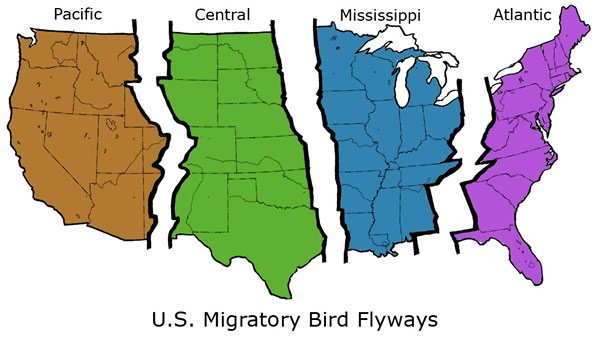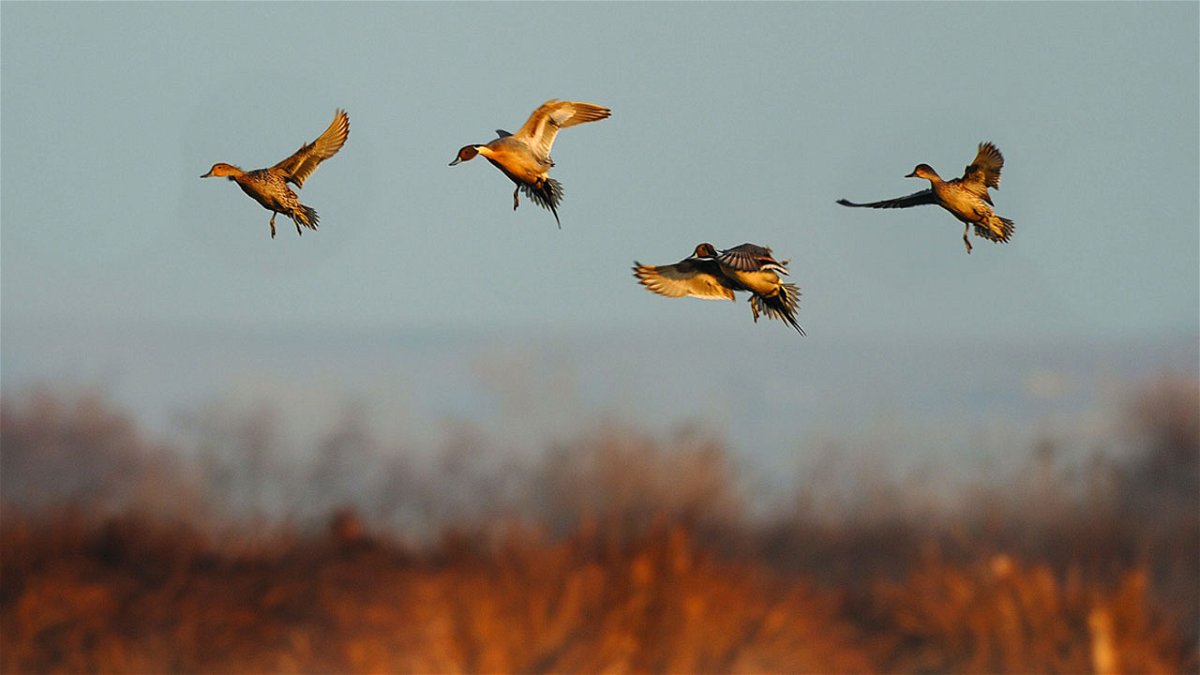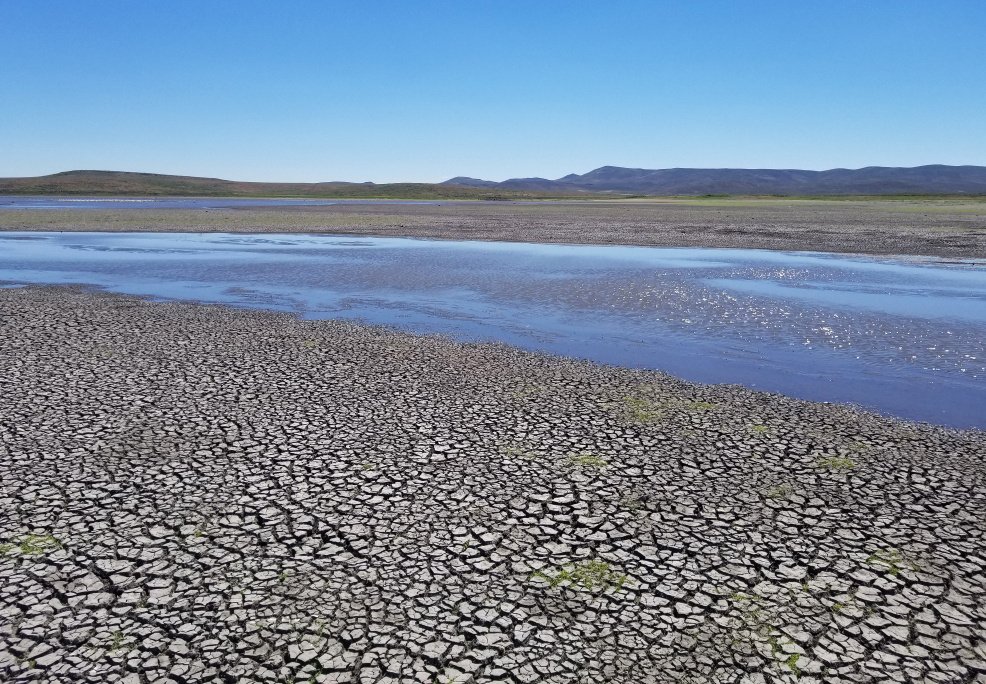The Great Migration: Where Idaho’s ducks come from
IDAHO FALLS, Idaho (KIFI) - When temperatures fall in December and January, duck hunting across much of Idaho often heats up with the arrival of “northern birds.” But exactly where in the north are these birds coming from? Generally speaking, the likeliest answer for Idaho hunters is north of the border.
In a 2017 study, researchers at the University of Minnesota and the California Department of Water Resources shed some additional light on where dabbling ducks harvested in the Pacific Flyway originated. Using abundance, banding and harvest data from throughout the Pacific Flyway, as well as other important source areas in the neighboring Central Flyway, researchers were able to estimate where ducks came from and where they were harvested over the course of about 50 years, from 1966 to 2013.

Over that time, 38% of the most common dabbling ducks harvested in Idaho, which include green-winged teal, wigeon, pintails, mallard, gadwall and wood ducks, came from Alberta, followed by Idaho (17%) and Montana and the Dakotas (13%).
More than three-quarters of all dabbling ducks harvested in Idaho are mallards, and Alberta is Idaho’s largest source for the species.
Alberta is also Idaho’s largest source of gadwall, but when it comes to the other species that end up on Idaho duck hunters’ straps, the province isn’t leading the pack. It plays second fiddle to the Yukon and Northwest Territories as Idaho’s largest source of wigeon. Alaska is Idaho’s largest source of green-winged teal and northern pintail, while British Columbia is Idaho’s largest source of wood ducks.

What about the ducks that originate in Idaho? Of the mallards banded in Idaho, 62% are harvested within the state. California hunters harvest more Idaho-origin wood ducks (45%) than anywhere else in the flyway, followed by Idaho (24%).
Here are more highlights from the study for Idaho’s waterfowl hunters:
- Alberta was the largest source of mallards harvested in Idaho (42%), followed by Idaho (21%), Montana and the Dakotas (15%), and British Columbia (10%)
- 43% of gadwall harvested in Idaho originated in Alberta, followed by Oregon (29%) and Montana and the Dakotas (13%), Saskatchewan and Manitoba (7%) and Idaho (7%)
- A large proportion of the wigeon harvested in Idaho originated in Yukon and the Northwest Territories (44%) followed by Alberta (25%) and Alaska (23%)
- Alaska is the Idaho’s largest source of green-winged teal (63%) and northern pintail (50%)
- Roughly 70% of wood ducks harvested in Idaho originated from either British Columbia or Idaho equally, followed by Alberta (25%)
Check out the "Distribution and derivation of dabbling duck harvests in the Pacific Flyway" to see this study in depth.
The role of drought in waterfowl migration
By definition, waterfowl need water to thrive during their migration and at their wintering grounds. When those wetlands dry up after long-spanning periods without precipitation, waterfowl – and by association, waterfowl hunters – often pay the price.
All across Canada, waterfowl habitat and summer breeding areas have experienced record low precipitation stacked on top of dry, hot weather. It goes without saying that waterfowl aren’t the only tenants suffering when Mother Nature shuts off their water supply. The same agricultural fields and managed wetlands that support these waterfowl species during the summer also support other benefactors, from field mice to rice farmers. When there is a shortage of water for one, there is a shortage of water for all.
While larger bodies of water in these locations still hold ample water and host sizeable populations of ducks and geese in the summer months, the smaller pockets of wetlands were dry and arid. Drought in summer breeding areas and habitat, combined with late-arriving, mild winter conditions across Idaho, may bring with it late-arriving ducks.

For more information on waterfowl hunting in Idaho, hunters can pick up a 2021-2022 Migratory Game Bird brochure from a licensed vendor or from your local Fish and Game regional office. Hunters may also download season and regulations info for free, as well as licenses and permits, on the Go Outdoors Idaho app available on the App Store or Google Play store.
